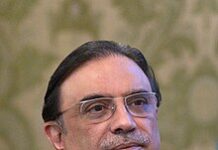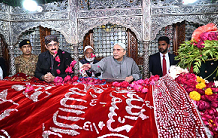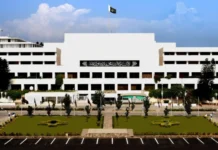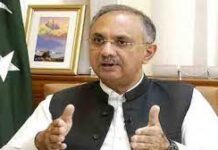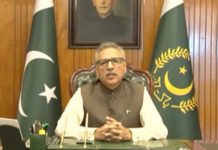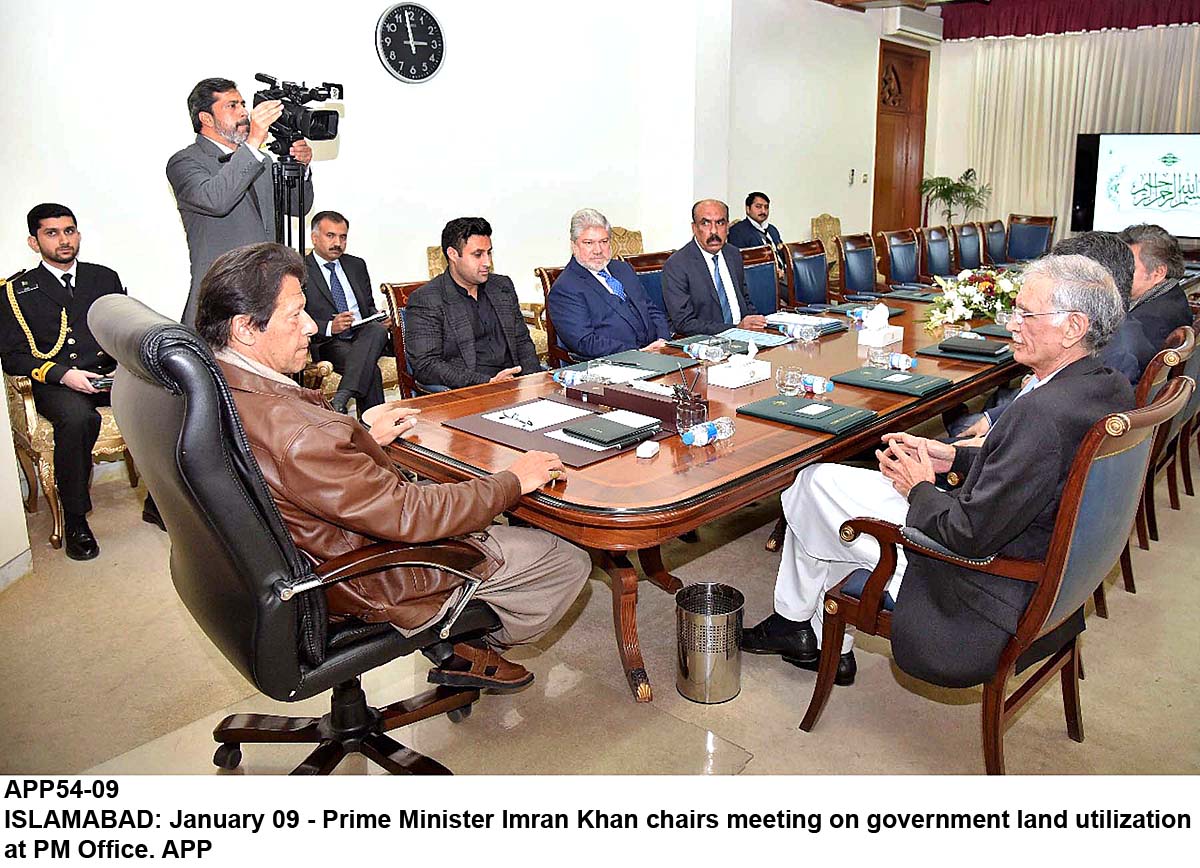ISLAMABAD: Pakistan’s population has surged by more than half to 207.774520 million, according to provisional results of the country’s first census in almost two decades released by the statistics board Friday.
Once confirmed in the final report, Pakistan could be set to overtake Brazil as the world’s fifth most populous country, according to statistics on the US Census Bureau website.
The provisional results published by the Pakistan Bureau of Statistics showed an average annual growth of 2.4 percent since 1998, when the total population was put at 132.35 million.The figure an increase of around 57 percent since 1998 is higher than the estimate of 200 million that had been in wide use.
Central Punjab province remained far and away the most populated, home to more than 110 million people or more than half the country – but it also showed the slowest average annual growth rate, at 2.13 percent.
The areas with the fastest growth rates were Balochistan, with a population of more than 12 million and an average growth rate since 1998 of 3.37 percent, and the Islamabad Capital Territory, whose population passed two million with an average growth rate of 4.91 percent.
According to provisional summary results of the census which were presented in the Council of Common Interests on Friday, the numbers included 132,189,531 rural and 75,584,989 urban population. The figures showed 2.23 percent growth in rural areas and 2.7 percent in urban areas during these years as the male population of the country at present stands at
106,449,322 with the female population at 101,314,780, and the population of transgenders at 10,418. As per the provincial break-up, Khyber Pakhtunkhwa currently has population of 30,523,371, showing average growth rate of 2.89 percent over a period from 1998-2017.
This includes 24,793,737 as rural population and 5,729,634 urban, showing 2.87 percent and 2.96 percent annual growth respectively.
The total population of FATA stands at 5,001,676, showing 2.41 annual growth rate. This includes 4,859,778 rural and 141,898 urban population, indicating an average growth of 2.41 percent and 2.70 percent respectively.
Punjab has a population of 110,012,442 individuals with annual growth of 2.13 percent from the period 1998-2017. The rural population of Punjab stands at 69,625,144 and urban 40,387,298, showing annual average growth of 1.81 percent and 2.74 percent.
The total population of Sindh province stands at 47,886,051, a growth of 2.41 percent, with 22,975,593 rural population and 24,910,485 urban population, indicating a growth rate of 2.36 percent and 2.46 percent respectively. The current population of Balochistan is 12,344,408 million, showing growth of 3.37 percent. This includes 8,943,055 rural and 1,768,830 urban population showing an annual growth rate of 3.33 percent and 3.49 percent since 1998. The total population of Islamabad Capital Territory (ICT) has been calculated at 2,006,572 million with a growth of 4.91 percent.
The ICT included 991,747 rural and 1,014,825 urban population which witnessed annual growth of 6.95 percent and 3.48 percent respectively.
It is mentioned that total population includes all persons residing in the country including Afghans and other aliens residing with the local population. However, the population does not include Afghan Refugees living in refugee village and diplomats.
There is a decline in the population growth rate at national level and in Punjab and Sindh provinces, while an increase has been observed in the Provinces of KP, Balochistan and FATA.
The urban population shows a growing trend with 36.38 % of the population living in urban areas. The comparative position of provinces and areas shows similar trend in urban population with a slightly higher increase in the Punjab.
On the other hand, a significant decrease has been observed in the percentage of urban population in ICT which gone down from 65.72% to 50.58%, indicating that growth occurred in the rural areas of Islamabad.
Amongst the provinces, Sindh is the most urbanized province, where 52.02% population lives in urban areas.
The total households in the country were recorded at 32,205,111, showing growth of 2.4 percent over a period from 1998-2017. The households include 20,012,797 rural and 12,192,314 urban units demonstrating annual growth of 2.23 percent and 2.7 percent in households.
According to the data, Khyberpakhtunkhwa has 3,845,168 households, FATA 55,379 units, Punjab 17,103,85 units, Sindh 8,585,610 units, Balochistan 1,775,939 units and ICT 336,182 households.
It is mentioned that census results of Azad Jammu and Kashmir and Gilgit Baltistan have not been included in the census results, announcement of which would be made later.
The results from the count, which began in March, are also set to help give a clearer picture about religious minority numbers in the Muslim-majority country.
The weeks-long process, a challenge in a country known for corruption and dysfunction, deployed a team of more than 300,000 people and involved 55 million forms.
The results will be the basis for revising political boundaries, parliamentary seat allocations and finances ahead of national elections, due to be held by the end of 2018. Powerful Punjab province, for example, could see its political grip weaken as a result of its population not rising at a similar rate to other provinces.
Points of interest in sixth population census
*Total population stands at 207.774520 million minus AJK and GB
*Annual growth of 2.4% since 1998, when numbers stood at 132.35m
*Total increase of around 57 percent since last census in 1998
*Punjab the most populated province, home to more than 110 million
*Punjab shows slowest average annual growth rate, at 2.13 percent
*Balochistan, Islamabad Capital Territory show the fastest growth rates
*Of over 207 million, 132m is rural and 75m is urban
*Average 2.23 percent growth in rural areas and 2.7 percent in urban
*Male population is 106m, female 101m and transgender is 10,418
*Khyber Pakhtunkhwa has population of 30,523,371
*Total population of FATA stands at 5,001,676
*Punjab has a population of 110,012,442
*Total population of Sindh province stands at 47,886,051
*Population of Balochistan is 12,344,408 million
*Population of Islamabad Capital Territory is 2,006,572
*Decline in population growth at national level, in Punjab and Sindh
*Increase in population growth rate in KP, Balochistan and FATA
*Urban population growing at rate of 36.38%
*Sindh the most urbanised province, with 52.02% urban population
*Total households in country recorded at 32,205,111
*Households include 20,012,797 rural and 12,192,314 urban units
Published in Daily Times, August 26th 2017.





